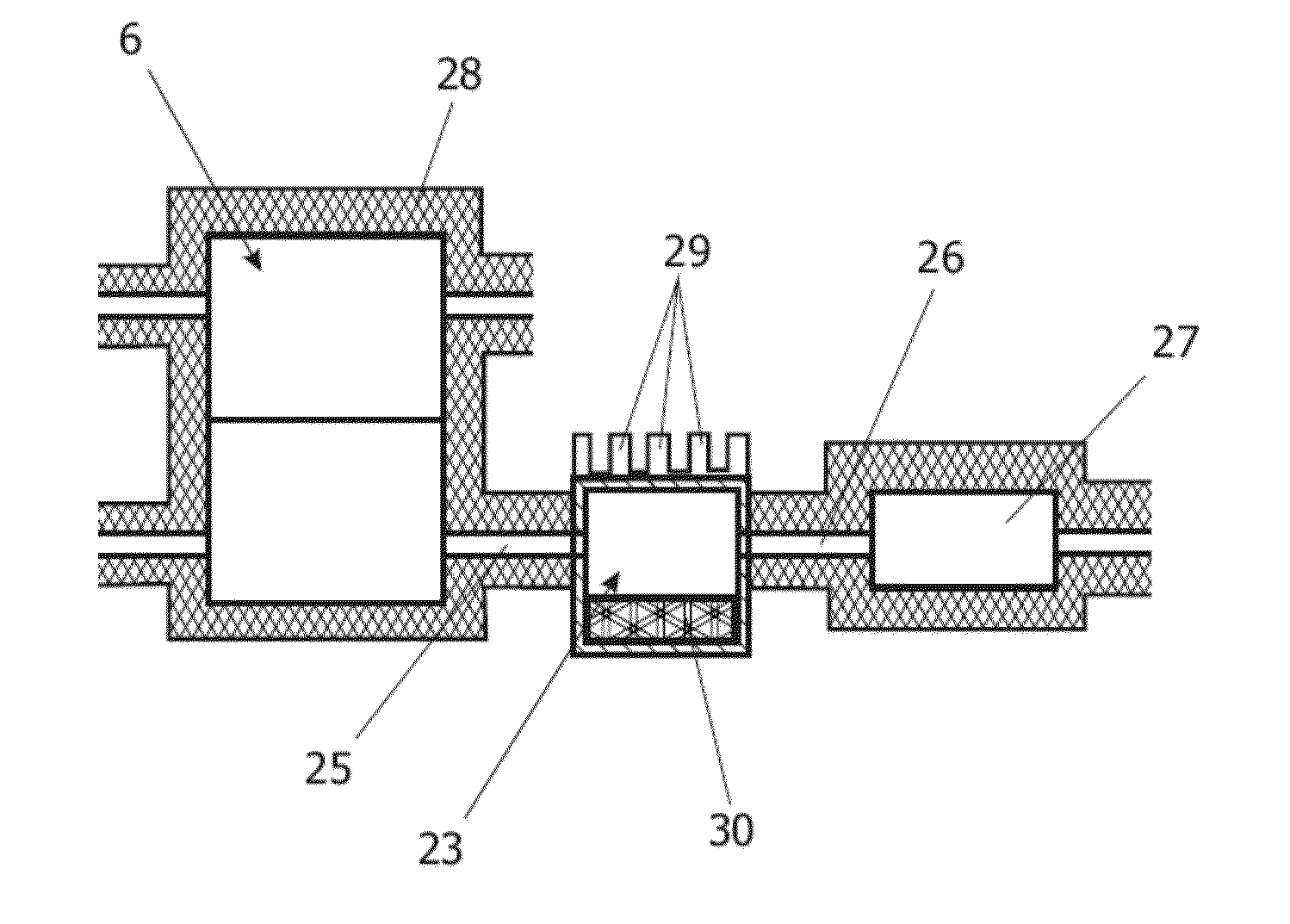Fuel Cell System
- Summary
- Abstract
- Description
- Claims
- Application Information
AI Technical Summary
Benefits of technology
Problems solved by technology
Method used
Image
Examples
Embodiment Construction
[0016]The illustration in FIG. 1 shows a vehicle 1. This schematically indicated vehicle 1 is designed to be driven via an electric motor 2 by way of example, which is indicated in the region of the wheels, and which via a power electronics system 3 is supplied with electrical power from a fuel cell of a fuel cell system 4 indicated overall by a box. In addition, an energy store in the form of a battery, for example (not illustrated), may be present which is likewise controlled via the power electronics system 3 and which in particular may be used for accepting and delivering regenerated braking energy. Air and hydrogen are supplied to the fuel cell system 4 in a known manner for generating the required electrical power. The hydrogen originates from one or more compressed gas stores 5, optionally distributed over the vehicle 1, of which one compressed gas store is illustrated here by way of example. The fuel cell system 4 is described in greater detail in the illustration in FIG. 2....
PUM
 Login to View More
Login to View More Abstract
Description
Claims
Application Information
 Login to View More
Login to View More - R&D
- Intellectual Property
- Life Sciences
- Materials
- Tech Scout
- Unparalleled Data Quality
- Higher Quality Content
- 60% Fewer Hallucinations
Browse by: Latest US Patents, China's latest patents, Technical Efficacy Thesaurus, Application Domain, Technology Topic, Popular Technical Reports.
© 2025 PatSnap. All rights reserved.Legal|Privacy policy|Modern Slavery Act Transparency Statement|Sitemap|About US| Contact US: help@patsnap.com



